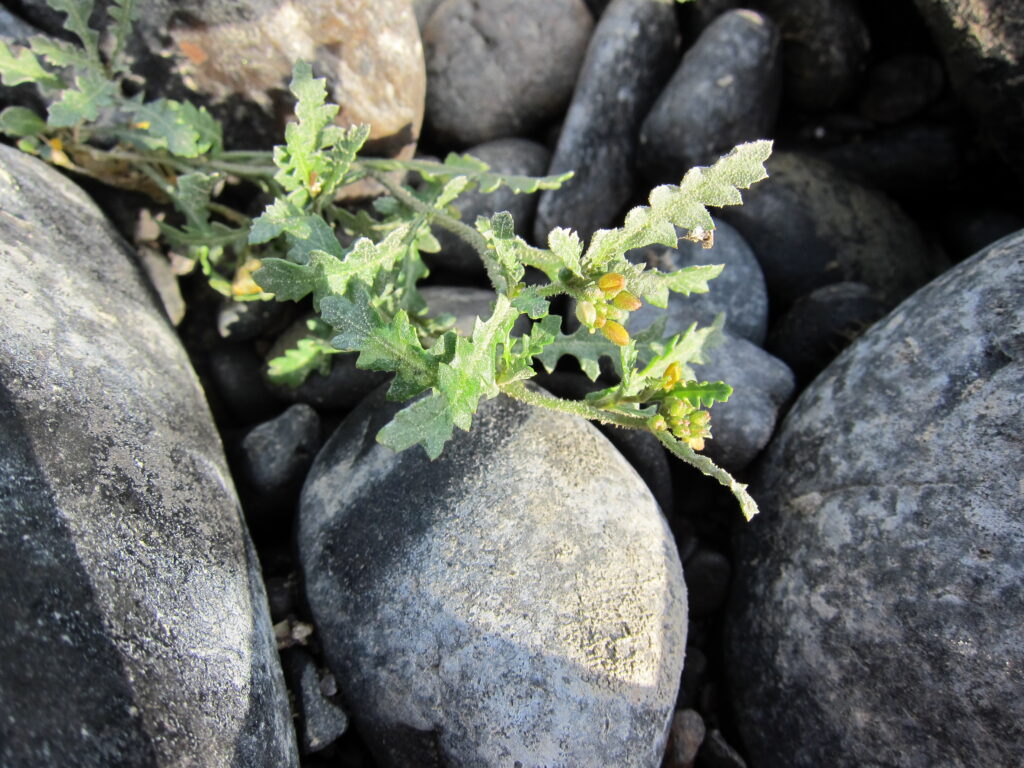Section 106 Support near Fort Walla Walla, Washington
Under contract with TD&H Engineering, EAS staff completed a cultural resources inventory report for the VIllage at Fort Walla Walla in Walla Walla County, Washington. This project included a literature review, archaeological survey, and subsurface testing to identify historical properties that may be affected by the proposed development of approximately 10 acres for a residential apartment […]
Section 106 Support near Fort Walla Walla, Washington Read More »










